A Greek Marble Head of a Goddess, circa mid-2nd Century B.C.
Lot 9. A Greek Marble Head of a Goddess, circa mid-2nd Century B.C. Estimate 600,000 — 900,000 GBP. Photo: Sotheby's.
from a monumental figure, turned to her left, her oval face with strong chin, full parted lips, straight nose, and deep-set eyes beneath the broad brow, her wavy hair parted in the center, swept back and up in thick tresses from the temples and ears, and surmounted by a fragmentary fillet; no restorations. Total height 38 cm. 15 in.; height of face 22 cm. 8 5/8 in.
Provenance: Henri Philippe Pharaon (alt. sp. Pharaoun), Beirut (1901-1993), acquired prior to 1972
Sleiman Aboutaam, Beirut, acquired from the above
Phoenix Ancient Art, Geneva
acquired from the above by the present owner in 2006
Literature: Evamaria Schmidt, "Ein weiblicher Kopf in Beyrouth," in Festschrift Luitpold Dussler, Munich, 1972, pp. 31ff., figs. 1ff.
Mary-Anne Zagdoun, "Bulletin archéologique. La sculpture, la ronde-bosse hellénistique (1960-1987)," Revue des études grecques, vol. 104, 1991, p. 156, no. 117
Sotheby’s, New York, December 7th, 2001, no. 67, illus.
Note: This impressive head is an original sculpture of the Hellenistic period. An apt comparison is the head of the so-called Juno Cesi, an over-lifesize female draped statue in Rome (B. Andreae, Skulptur des Hellenismus, 2001, p. 174f., pl. 164f.), which is similar with regard to the turn of the head, the rendering of the hair, and the facial features. This statue is related to the "Baroque" style of Pergamon and dated in the mid 2nd Century B.C. Given the similarities to the Juno Cesi, it is likely that the present head belonged to a draped statue and represented a matronly goddess such as Hera or Demeter.
Henri Philippe Pharaon (1901?-1993) "was a Lebanese politician and businessman, a founding father of independent Lebanon, the designer of the Lebanese national flag, and a champion of peaceful coexistence between Christians and Muslims. Pharaon was born into a wealthy Greek Catholic family and educated in Switzerland and France, where he received a law degree. He entered the parliament when Lebanon gained independence from France (1943-46). As foreign minister (1945; 1946-47), he oversaw Lebanon’s role as a founding member of the Arab League. In the late 1950s he sought to mediate between the country’s pro-Western and pro-Arab factions, but when he was not appointed to the compromise Cabinet, he gradually withdrew from politics. Pharaon’s business interests included a major role in the port of Beirut, control of one of the country’s leading banks, a fabulous art collection he acquired for the Pharaon palace in central Beirut, and one of the world’s largest stables of Arabian racehorses" (Encyclopaedia Britannica).
Sotheby's. Ancient Marbles: Classical Sculpture and Works of Art, London, 13 Jun 2016, 02:00 PM

/https%3A%2F%2Fprofilepics.canalblog.com%2Fprofilepics%2F1%2F0%2F100183.jpg)
/https%3A%2F%2Fstorage.canalblog.com%2F03%2F02%2F119589%2F96711876_o.jpg)
/https%3A%2F%2Fstorage.canalblog.com%2F11%2F31%2F119589%2F94773502_o.jpg)
/https%3A%2F%2Fstorage.canalblog.com%2F20%2F83%2F119589%2F94772815_o.jpg)
/https%3A%2F%2Fstorage.canalblog.com%2F26%2F72%2F119589%2F75604929_o.jpg)
/https%3A%2F%2Fstorage.canalblog.com%2F59%2F60%2F119589%2F26458628_o.jpg)
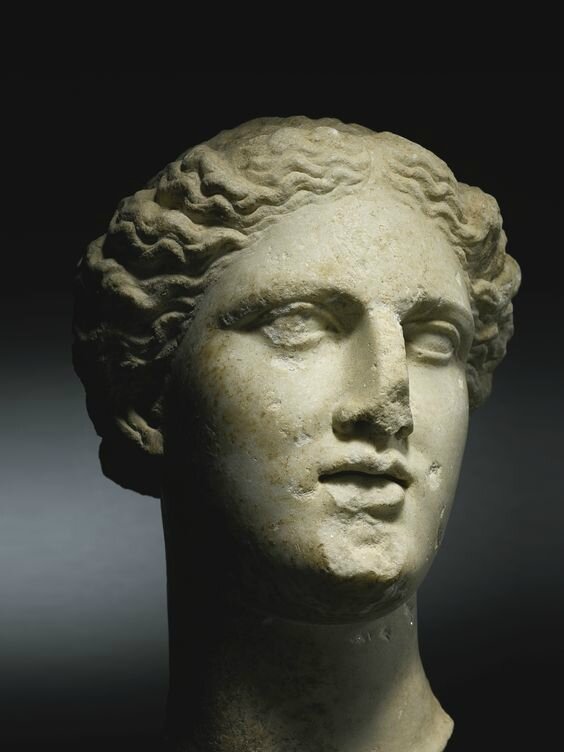


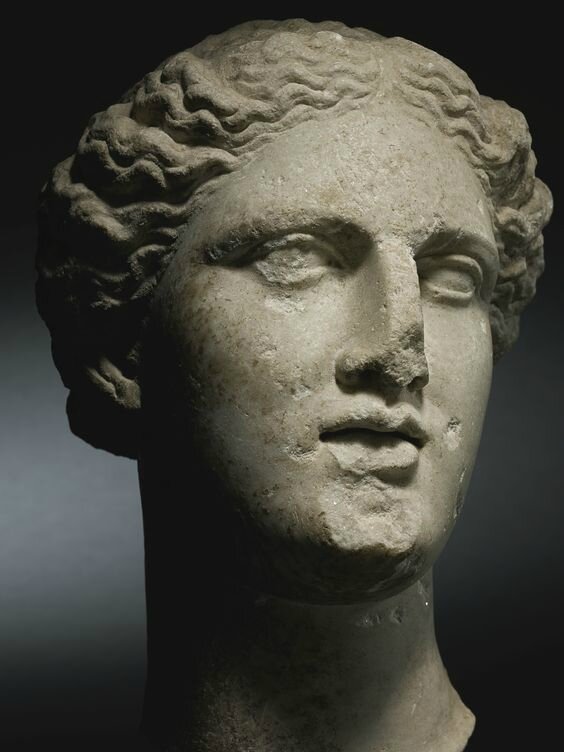
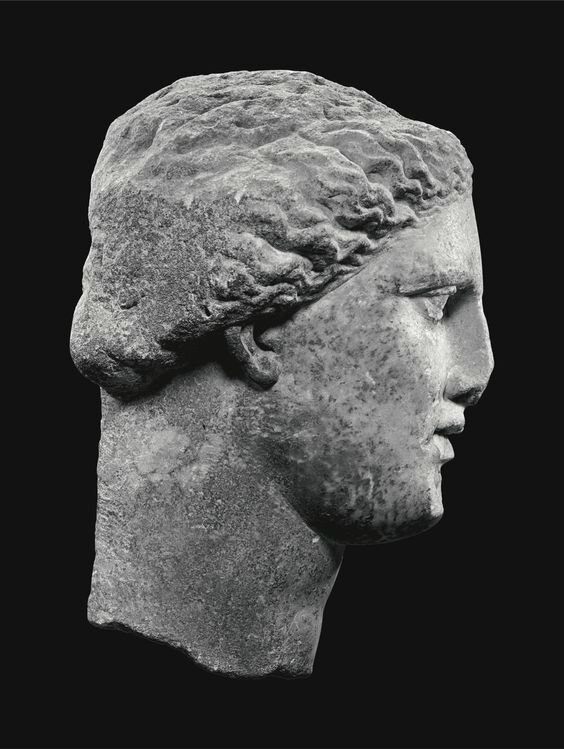



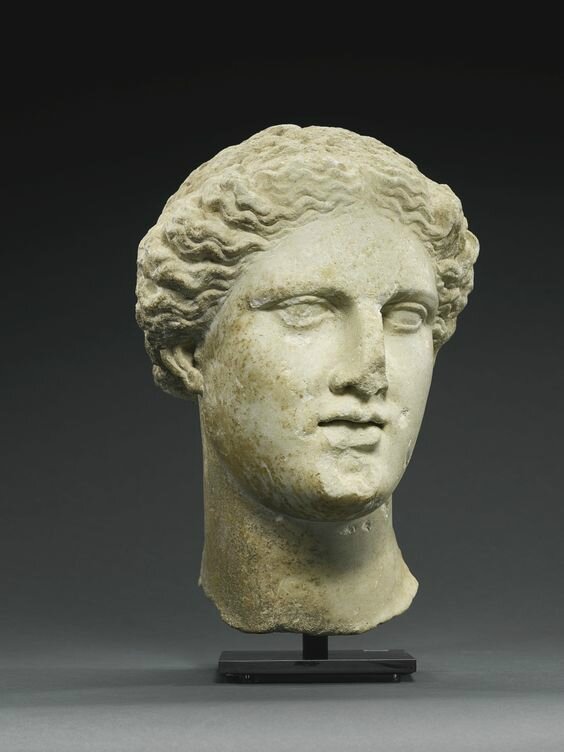
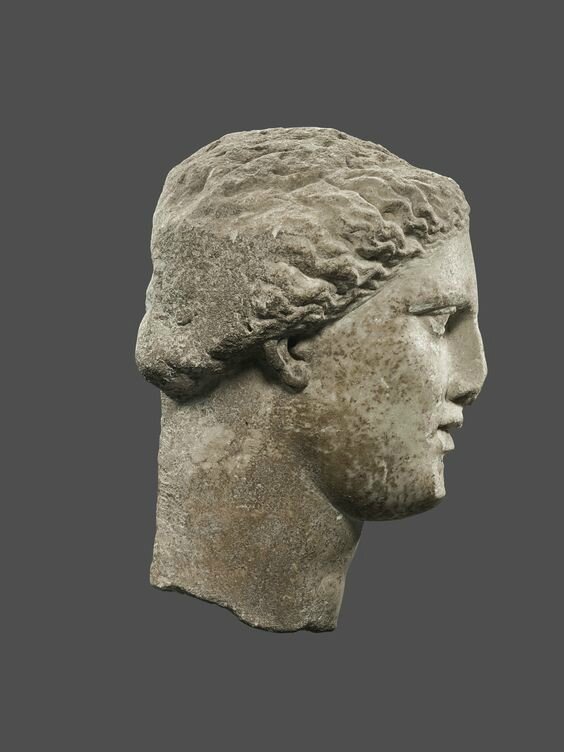




/http%3A%2F%2Fstorage.canalblog.com%2F01%2F26%2F119589%2F111130003_o.jpg)
/http%3A%2F%2Fwww.tefaf.com%2Fen-us%2Fmedialibrary%2Fartobject%3Fpath%3DTNYF18%5Csafa%5Cf9af1019-d8b2-42f9-9584-b376d2775175%5C1_882.TIF%26type%3DArtFull)
/image%2F1371349%2F20240426%2Fob_dcd32f_telechargement-32.jpg)
/image%2F1371349%2F20240426%2Fob_0d4ec9_telechargement-27.jpg)